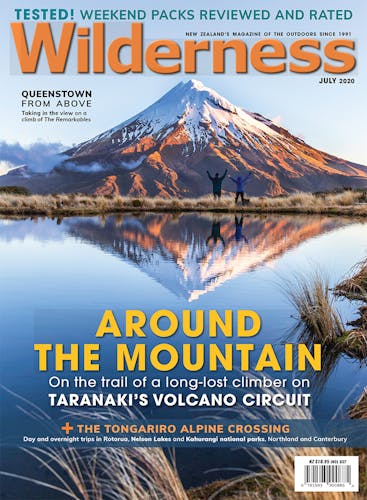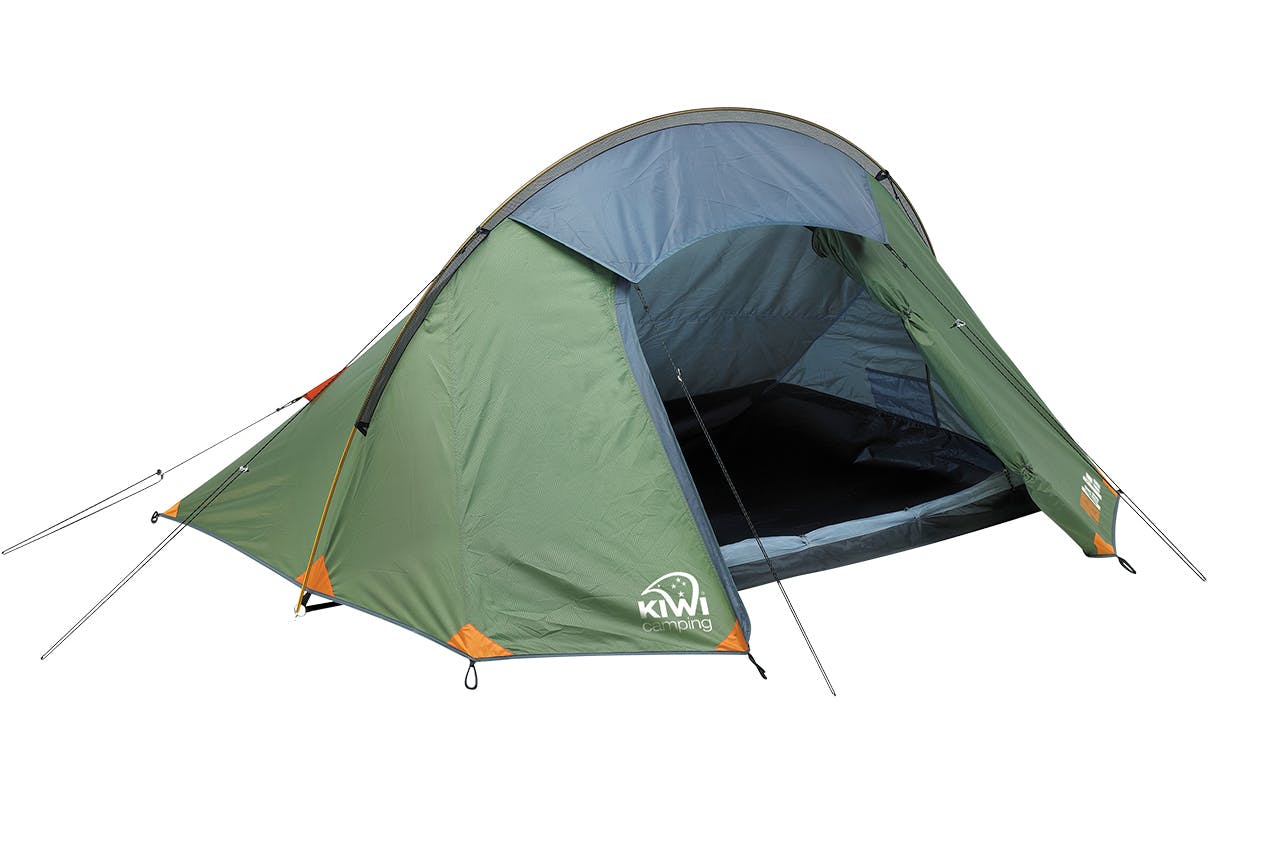Letter of the month
Good advice
Earlier this year I was considering walking an upper South Island tramp. Settling on the St James Walkway, I searched the Internet for likely access onto the tops from the valleys. Discovering mention of a route onto the Libretto Range from Boyle Flats Hut, a plan started to take shape. Then, glancing out the window and seeing the postie, I took a break from the computer and wandered to the mailbox. There was the February issue of Wilderness. As is my habit when the magazine arrives, I made a cuppa and settled down to read.
And there it was! Pat Barrett’s description of Mt Faust, complete with confirmation of the route from Boyle Flats and exit to the car park. Plan complete.
The weather delivered. We had a pleasant walk around the St James Walkway, culminating in an absolutely glorious exit over Mt Faust to the car.
All too soon we were back home in Covid-19 lockdown. Nobody was able to get into the hills. However, Wilderness still arrived, giving much inspiration and motivation to plan future trips.
Thank you, Wilderness.
– Sandra Rowland, Email
– We’re pleased you had a successful trip Sandra – talk about timing! Sandra receives a single-person Kiwi Camping Pukeko Hiker tent worth $229 from www.kiwicamping.co.nz. Readers, send your letter to the editor to win.
Respecting others
I am firmly Pākehā, my ancestors having arrived in Aotearoa New Zealand some years before the Treaty of Waitangi was signed. I agree totally with the view of Tānia Gaffey (‘Why summits are sacred’).
What those of us who do not share the indigenous cultural worldview often do not understand is that there are times we need to back off, to adopt the view of the other, and quietly respect it. The operative word being ‘respect’.
It’s actually a simple thing to do.
– Joe Green, email
A deeper understanding
I wanted to thank and tautoko Tānia Gaffey for her further explanation of the tikanga surrounding maunga.
I also found the initial article ‘To summit or not to summit’ by Greta Yeoman interesting. I was saddened to hear some of the responses readers had to that article.
I am a fifth-generation Pākehā and Tangata te Tiriti and had not previously learned that summits were sacred to Māori. This knowledge has added to my understanding of Te Ao Māori and will influence my behaviour on future walks.
I also appreciate the deeper connection this knowledge gives me to the whenua.
– Roni Alder, email
BYO firewood
The article about Spurs Hut (‘A magnet drawing the cold and weary’) had a notable omission: it neglected to mention the complete absence of any type of firewood at the hut as 99 per cent of the area around Spurs Hut is tussock.
My companion and I spent a very cold night there in May 2019. After an hour of searching for firewood, we managed to scrounge enough twigs to have a 30-45 minute small fire which barely took the edge off. We awoke the next morning to our kitchen wash-up water completely frozen.
If anyone is planning on heading to the hut this winter, I recommend they carry their own firewood or gather it as they hike in as there are a couple of areas with some burnable wood.
– Duncan Wilcox, email
Safety first
I loved the article ‘Te Araroa with a daypack’. But there was no mention in the article regarding ‘tramping light’ from a safety point of view. What safety gear was Ieva Laucina carrying in her small pack? She did put a lot of thought and planning into her trip though, so all credit to her for doing that.
What made the article so interesting, positive and balanced was the social perspectives of her tramp. The New Zealand wilderness and its conservation is inseparable from our national identity and cultural makeup. I recently spent two weeks on the TA from Cooks Monument to Nelson Lakes and there is no doubt that for ‘traditional’ trampers’ heavy packs can be lightened to ensure a more enjoyable experience. However, safety should never be compromised for those unforgettable memories that go to make up our conservation values.
– Rex Hunt, Richmond
River safety
I have safety concerns regarding the river-crossing photo in ‘The Wilderness 100’. People may copy what they see modelled and this photo illustrates some aspects that are not considered good practice.
It’s great to see that the trampers have kept their boots on and aren’t rock hopping. However, in a swift-moving stream it is better (having assessed that it is safe to cross) to use a mutual support method in pairs (or more) rather than to cross solo.
Even correctly placed upstream, one tramping pole can easily break when used in this manner. A better solo crossing practice would be to use two tramping poles held together as one, or a strong wooden pole.
The location being crossed is also a concern – they can’t see under the white water and the area where they might fall looks pretty nasty.
– Tim Taylor, Outdoor Training New Zealand
Lessons relearned
When someone dies in the wilderness, whether from drowning, blunt force trauma or exposure (rarely from starvation), the coroner’s report publicly identifies any mistakes that led to the tragedy.
However, when someone is rescued, such an inquiry is not held. When the rescue is lengthy, expensive, with risks to many others but ultimately successful, public euphoria erupts and, perhaps, a few old lessons are re-learned.
One such lesson seems clear from the recent rescue of two trampers in Kahurangi National Park; the lucky couple saved themselves $30 by not hiring a PLB from the Nelson Area Locator Beacon Trust and consequently put their community at great risk and expense. From news media reports, I suspect that they made other mistakes, yet there has been little public discussion of their choices and consequently no lessons publicly relearned.
I guess we just shake our heads in despair and wait for a repeat by others.
– John Walsh, Christchurch
I returned to the trail, too
My compliments to Nikki Slade Robinson for the article ‘Return to the Trail’ in which she described returning to tramping after breast cancer surgery. It was also interesting to read Stuart Prattley’s letter (May 2020) suggesting that an Aarn pack could be helpful for women in this situation.
Following my surgery, I found the Aarn pack I have used for the past 11 years to be ideal, with the weight being supported by the waistbelt and no pulling on the shoulders. The balance bags are held out from the chest by curved metal stays, meaning there is no pressure on the surgery site. This minimises discomfort and provides a sense of protection. Differential packing of weight or bulk in the pockets may also help with feelings of instability.
Apart from appreciating assistance getting my pack on and off on occasions, I have been able to resume my normal tramping, for example happily completing a five-day circuit of Mt Ruapehu.
– Jean Wilson, Hamilton








